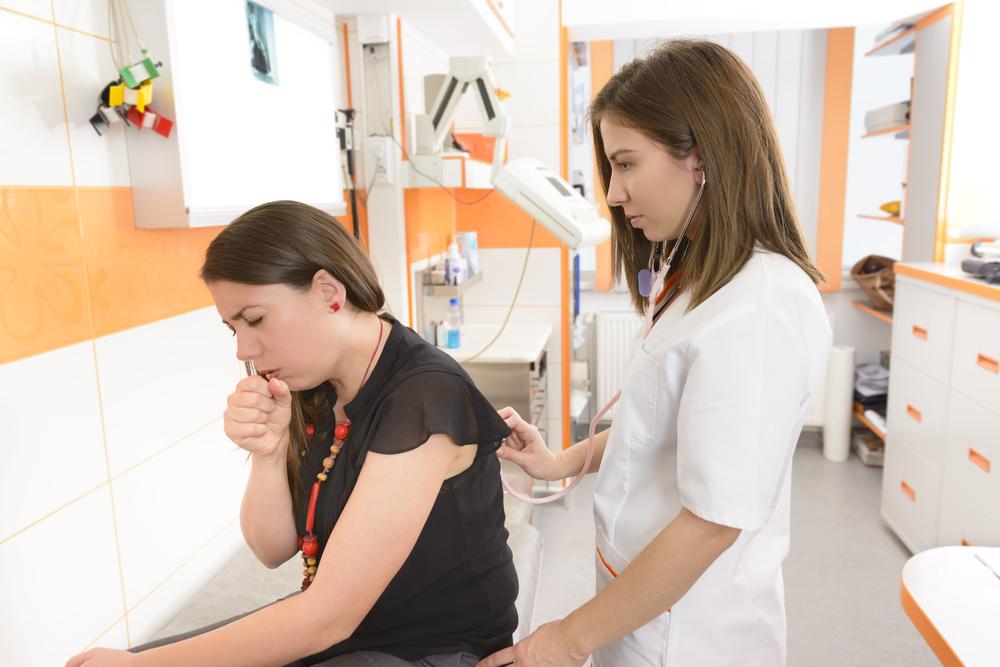Essential Insights into Atypical Pneumonia and Its Indicators
This article explores walking pneumonia, its causes, symptoms, and differences from typical pneumonia. It highlights key bacteria involved, such as Mycoplasma and Legionella, and emphasizes the importance of early medical attention. Mild in nature, walking pneumonia can mimic a common cold but requires proper diagnosis to prevent complications. Recognizing symptoms like persistent cough and chest discomfort is vital, especially in children. Consult healthcare professionals for accurate diagnosis and treatment. Stay informed about this less severe yet contagious respiratory condition.

Essential Insights into Atypical Pneumonia and Its Indicators
Atypical pneumonia, commonly known as walking pneumonia, is caused by bacterial infections that target the upper and lower respiratory pathways. Unlike typical pneumonia, it tends to be less severe, often not requiring hospitalization or bed rest. Many individuals may mistake it for a common cold since symptoms are mild and can go unnoticed, allowing people to continue daily activities. The condition is often caused by bacteria resistant to standard antibiotics like penicillin, making it important to identify the symptoms early.
Mycoplasma pneumoniae is a primary bacteria responsible for walking pneumonia cases. Typically lasting from one week to a month, it often originates from children returning home from school, with symptoms appearing two to three weeks later. Other bacteria involved include
Chlamydial pneumoniae: This bacteria damages respiratory lining, primarily affecting children in school environments.
Mycoplasma pneumoniae: The leading cause in school-aged children, causing milder pneumonia symptoms.
Legionella pneumoniae: A severe form that can cause respiratory failure and is spread through contaminated water sources rather than person-to-person contact, also known as Legionnaires' disease.
Recognizing Symptoms of Walking Pneumonia
The signs often resemble a common cold and tend to develop gradually, often two weeks after exposure. Symptoms may worsen over time and include sore throat, persistent dry cough, chest discomfort, headaches, chills, flu-like feelings, rapid breathing, and fatigue. The infection’s location influences symptoms: upper respiratory infections cause labored breathing, while lower respiratory issues affect digestion, causing nausea or vomiting. Children may show a prolonged cough, low-grade fever, chest pain, malaise, and wheezing. Early diagnosis and medical consultation are crucial even if symptoms seem mild.









